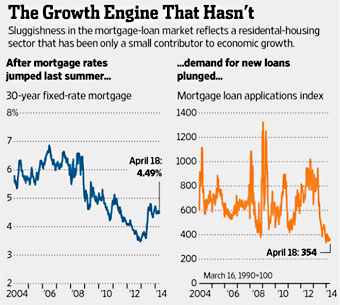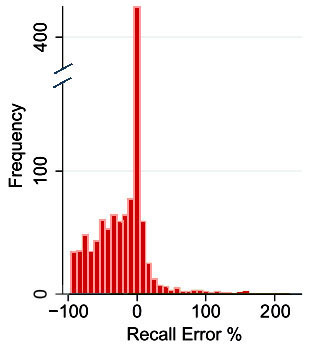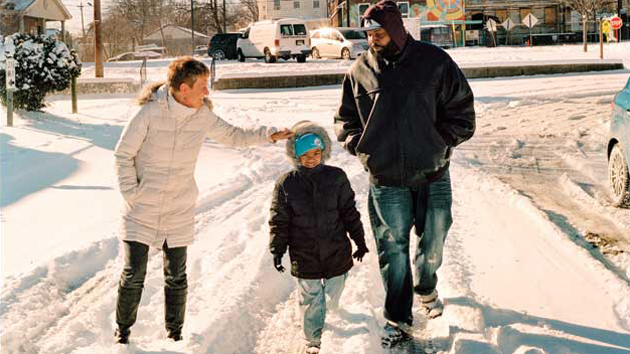More Americans than ever before are unable to afford rent. Here’s a look at why the rent is too damn high and what can be done about it.
Part of the problem has to do with simple supply and demand. Millions of Americans lost their homes during the foreclosure crisis, and many of those folks flooded into the rental market. In 2004, 31 percent of US households were renters, according to HUD. Today that number is 35 percent. “With more people trying to get into same number of units you get an incredible pressure on prices,” says Shaun Donovan*, the former secretary of housing and urban development for the Obama administration.
It’s not just working-class folks who have been pushed into the rental market. More middle-class Americans are renting too.
Alongside the foreclosure crisis, the financial collapse and ensuing recession jacked up unemployment and squeezed incomes. Check out how rental costs compare to renter incomes over the past quarter century:
Republicans, in an effort to shore up what they say is a dangerous budget deficit (it’s not, really), have pushed to cut spending on federal programs, including housing assistance. Nearly all government housing aid programs have taken funding cuts in recent years.
In 2013, about 125,000 families lost access to housing vouchers—which make up the largest share of rental assistance—due to across-the-board budget cuts. “Budget cuts were doing exactly the wrong thing,” Donovan says.
Those cuts come on top of years of stagnating rental voucher aid. Even though the government increased funding for housing vouchers between 2007 and 2012, the program was not able to reach more households because that extra money was eaten up by higher rents and lower incomes.
Because federal housing assistance was not able to keep up with the growing population of low-income people created by the recession, the number of very-low-income renter households that received some form of housing assistance dropped from 27.4 percent in 2007 to less than a quarter in 2011.
What happens when you combine a shortage of rental units with lower incomes and less federal support? You get the “worst rental affordability crisis in history,” and a lot of people finding it harder to get by.
The share of households spending more than a third of their income on rent has grown by 12 percent since 2000. Today, half of all renters pay more than 30 percent of their monthly income in rent. For 28 percent of Americans, more than half of their salaries go toward rent.
The rental crisis is worse in some places than in others.
And the crisis has hit people of color harder than whites.
The stimulus act Congress passed in the wake of the recession directed $1 billion into rental housing. And HUD is not sitting on its hands while the rental market goes to shambles. The department has launched several programs aimed at bolstering the number of low-income and public housing units.
But these initiatives aren’t enough to stem the unfolding rental crisis, Donovan says. Legislation in Congress aimed at reducing the government’s role in housing finance would take a bigger bite out of the problem. It would direct nearly $4 billion a year to affordable rental housing. The bill was recently approved by a key Senate committee. And as far as its chances in the obstructionist, GOP-dominated House? “I think better than most people might think,” Donovan says. “I say that because I do think there’s a confluence of more and more people understanding that the status quo is unacceptable.”
Correction: An earlier version of this piece misspelled Shaun Donovan’s name. It is Donovan, not Donavan.

















